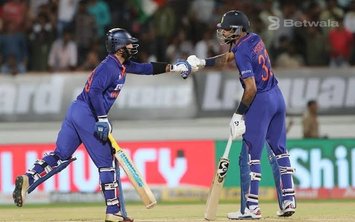He argues that a batsman should be given out LBW even if ball pitches outside leg stump.
The rules of cricket have been established by the Marylebone Cricket Club (MCC) in 1744. Since then, it has seen multiple revisions, the last of which being the 2017 Laws which came into effect last April 2019. The MCC still retains the rights of the laws and making changes to it, but the latter only takes place after consulting the ICC and other parties.
One rule that players (bowlers, specifically) have been arguing about is Law 36 - the infamous Leg Before Wicket dismissal. According to the law,
‘If the ball hits the batsman without first hitting the bat, but would have hit the wicket if the batsman was not there, and the ball does not pitch on the leg side of the wicket, the batsman will be out. However, if the ball strikes the batsman outside the line of the off-stump, and the batsman was attempting to play a stroke, he is not out’.
The essence of the argument is that bowlers are arguing that batsmen should be given out even if the ball is pitched outside leg stump.
Mitchell Johnson, a former cricketer, and Jim Maxwell, a veteran commentator, had a long discussion about the LBW rule. They argued that ‘the LBW law must also change and include batsmen to be given out LBW if the ball pitches outside leg stump, but goes onto hit the stumps’.
Jim Maxwell then went on to explain why batsmen aren’t given LBW if the ball pitches outside leg stump. He said that ‘Ranjitsinghji was the first batsman to popularize the leg side play, but the law remained the same’. Johnson then followed this up, saying that ‘with reverse sweeps and flicks becoming common in Tests, the law must be changed’.
Despite some few points put forth by Maxwell, Johnson stood by his belief and didn’t change his stance on the law.
Tests are the longest format in cricket, with a match lasting four days on average. To find out more about Tests and other cricket formats, visit Betwala’s page.
READ MORE: A Beginner's Guide on How to Play Cricket







